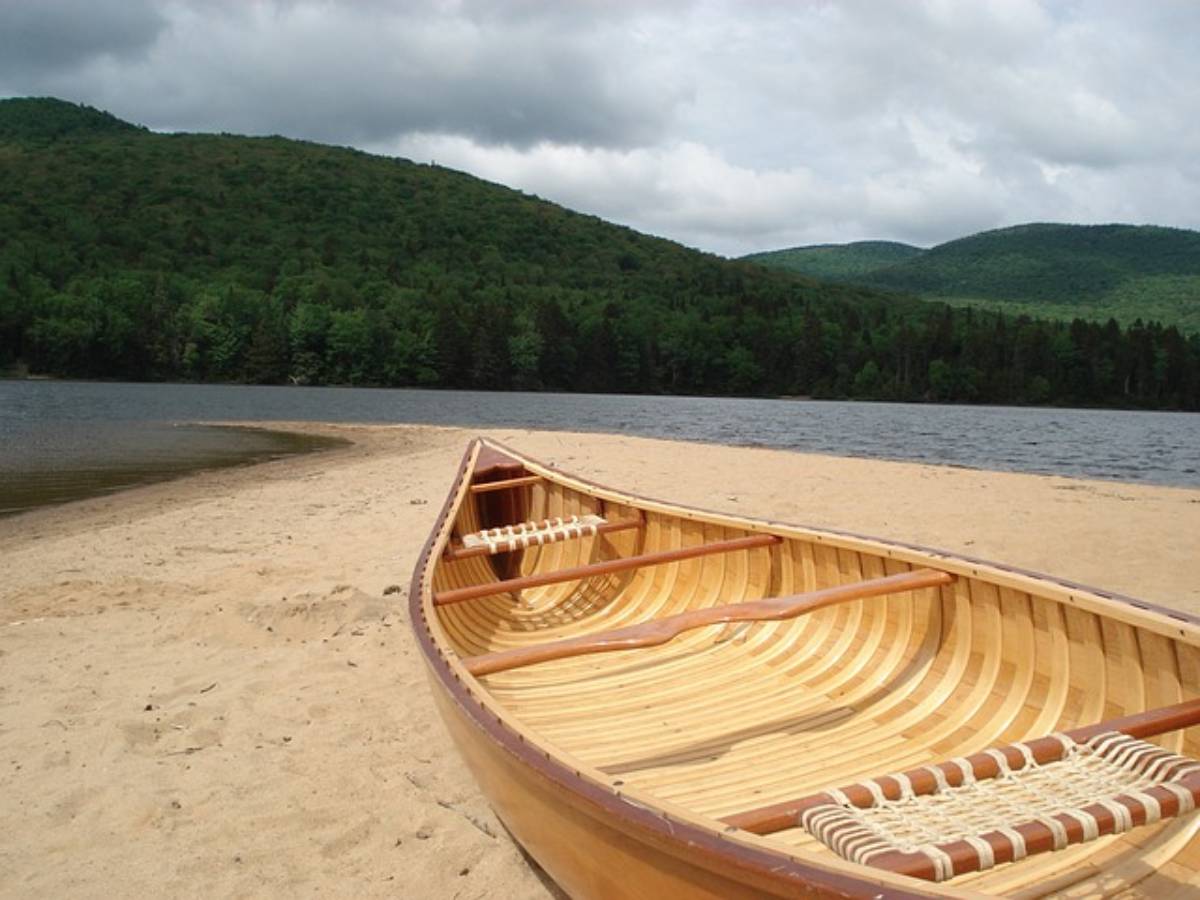The very first fishing flies were actually wet flies. You can use them in a variety of different circumstances.
When wet flies are used downstream, here’s the basic technique:
- Do a simple cast across and downstream toward the opposite bank.
- When the current brings the fly toward the bank that you are closest to, move a few steps downstream and make another cast.
- Continue in this manner until you have covered a good portion of the area where you know the fish to be.
Try it. You will soon realize that downstream casting is the perfect technique. Why? Because if you aren’t perfectly on target, the stream’s current will stretch your fly fishing line and leader!
As you get more familiar with fly fishing and hone your fly casting skills, you will find that downstream casting can be amazingly successful.
How To “Mend The Line”
When your fly line is straight across the stream’s current, it gets pulled downstream in a wide arc. If the current is strong, the pull will be hard enough to pull your fly across the water’s surface. Fish will not take a fly presented in this way, so you must mend the line.
This technique is done by lifting the fly fishing line out of the water and shifting it upstream to reduce pressure on the current, which is called the wet fly swing.
This is a traditional fly casting technique, and it’s very effective for catching grayling, salmon and trout. However, when fly fishing in streams, we try to match the hatch with the flies we use. Keep in mind thatmending the line can also be used when fly fishing upstream. The process is basically just reversed.
When fly fishing downstream, only use the mending the line technique when your fly floats into calm water. When water is still, it will cause the fly to stop immediately and sink. This will cause the fly to look lifeless to the fish you are trying to catch. When your fly drifts into calm water, mend the line downstream so the current will pick up both the fly and the line.
You’ll want to take some time to master mending the line, because this fly fishing technique is imperative for success as a fly angler.
If you are fly fishing downstream, you can let your fly drift across the current, or you can give it a jerk every now and then. Fly anglers differ on which of these methods works best, so experiment and use the one that works best for you.
Flies used in downstream fishing include, Bloody Butcher, Alexander and Freeman’s Fancy. These flies have either gold or silver tinsel on the bodies. Be sure to replace the original wings with hair-wing for best results.
More Tips For Wet Fly Fishing Downstream




